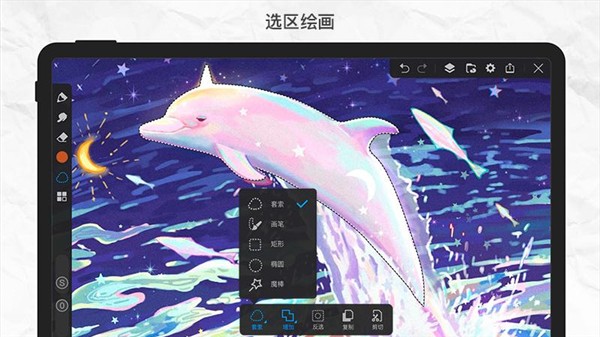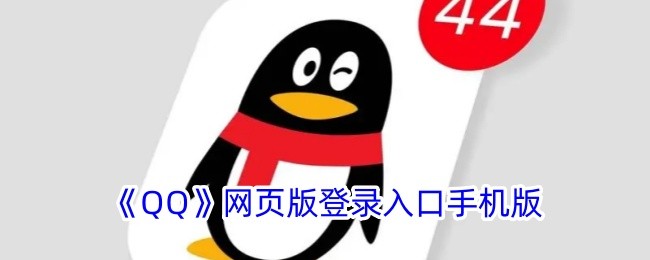Java使用HttpClient实现Post请求实例
基于项目需求,想要实现Post消息推送,故采用HttpClient组件进行实现,相关代码如下(注:程序采用的httpclient和httpcore依赖包的版本为4.2.5):
| 代码如下 | 复制代码 |
|
importorg.apache.http.Header; importorg.apache.http.HttpResponse; importorg.apache.http.HttpStatus; importorg.apache.http.client.HttpClient; importorg.apache.http.client.methods.HttpPost; importorg.apache.http.entity.StringEntity; importorg.apache.http.impl.client.DefaultHttpClient; importorg.apache.http.params.CoreConnectionPNames; importjava.util.UUID; importnet.sf.json.JSONObject; importjava.nio.charset.Charset;
publicstaticbooleanhttpPostWithJson(JSONObject jsonObj,String url,String appId){ booleanisSuccess =false;
HttpPost post =null; try{ HttpClient httpClient =newDefaultHttpClient();
// 设置超时时间 httpClient.getParams().setParameter(CoreConnectionPNames.CONNECTION_TIMEOUT,2000); httpClient.getParams().setParameter(CoreConnectionPNames.SO_TIMEOUT,2000);
post =newHttpPost(url); // 构造消息头 post.setHeader("Content-type","application/json; charset=utf-8"); post.setHeader("Connection","Close"); String sessionId = getSessionId(); post.setHeader("SessionId", sessionId); post.setHeader("appid", appid);
// 构建消息实体 StringEntity entity =newStringEntity(jsonObj.toString(), Charset.forName("UTF-8")); entity.setContentEncoding("UTF-8"); // 发送Json格式的数据请求 entity.setContentType("application/json"); post.setEntity(entity);
HttpResponse response = httpClient.execute(post);
// 检验返回码 intstatusCode = response.getStatusLine().getStatusCode(); if(statusCode != HttpStatus.SC_OK){ LogUtil.info("请求出错: "+statusCode); isSuccess =false; }else{ intretCode =0; String sessendId =""; // 返回码中包含retCode及会话Id for(Header header : response.getAllHeaders()){ if(header.getName().equals("retcode")){ retCode = Integer.parseInt(header.getValue()); } if(header.getName().equals("SessionId")){ sessendId = header.getValue(); } }
if(ErrorCodeHelper.IAS_SUCCESS != retCode ){ // 日志打印 LogUtil.info("error return code, sessionId: "sessendId"t"+"retCode: "+retCode); isSuccess =false; }else{ isSuccess =true; } } }catch(Exception e) { e.printStackTrace(); isSuccess =false; }finally{ if(post !=null){ try{ post.releaseConnection(); Thread.sleep(500); }catch(InterruptedException e) { e.printStackTrace(); } } } returnisSuccess; }
// 构建唯一会话Id publicstaticString getSessionId(){ UUID uuid = UUID.randomUUID(); String str = uuid.toString(); returnstr.substring(0,8) + str.substring(9,13) + str.substring(14,18) + str.substring(19,23) + str.substring(24); } |
|
Ps: 在使用Hadoop集群进行发送POST请求时,遇到"java.lang.NoSuchFieldError: INSTANCE"的问题,此类问题一般是"jar包冲突"的问题所致,但奇怪的是本地的pom.xml设置的依赖包中有该字段,相关的httpclient依赖包如下:
| 代码如下 | 复制代码 |
|
|
|
随后在网上查找了一翻,找到问题的缘由,原因在于Hadoop集群运行程序时,首先会加载自己相关目录下的jar包,在自己目录下如果未找到,才会加载程序运行时指定的jar包,随查找了Hadoop集群中相关Jar包路径,发现httpclient的相关依赖包为4.2.5,因此将pom.xml配置文件也更新为该版本,程序则运行通过.
相关文章
精彩推荐
-
 下载
下载猪笼城寨手游
模拟经营 猪笼城寨手游猪笼城寨游戏是非常好玩的一款模拟经营类型的手游,在这里玩家们
-
 下载
下载商道高手vivo版本
模拟经营 商道高手vivo版本商道高手vivo版是一款商战题材的模拟经营手游,游戏画面精美
-
 下载
下载我在大清当皇帝手游
模拟经营 我在大清当皇帝手游我在大清当皇帝手游是一款以清代为历史的模拟类手游,相信玩家们
-
 下载
下载解忧小村落最新版2024
模拟经营 解忧小村落最新版2024解忧小村落游戏是非常好玩的一款休闲放置经营类型的手游,在这里
-
 下载
下载洋果子店rose2中文版
模拟经营 洋果子店rose2中文版洋果子店rose2中文版是一款非常好玩的模拟经营手游,精美的















